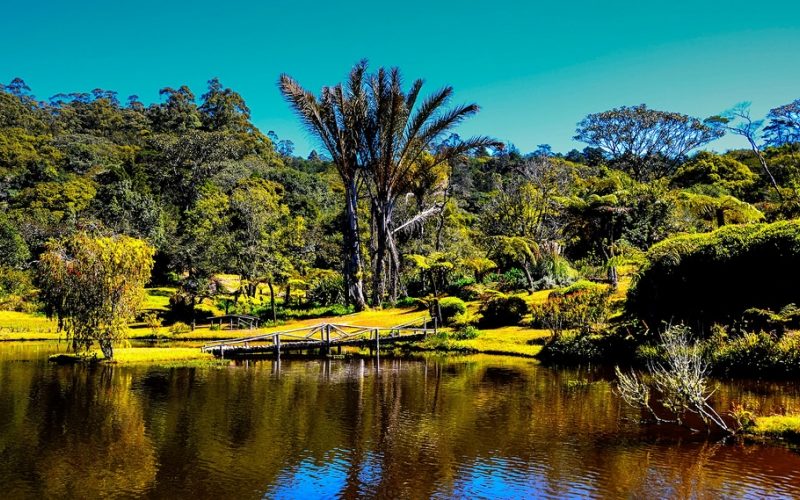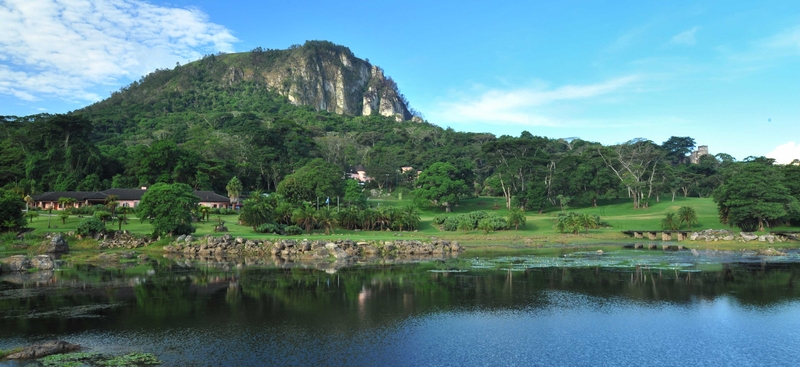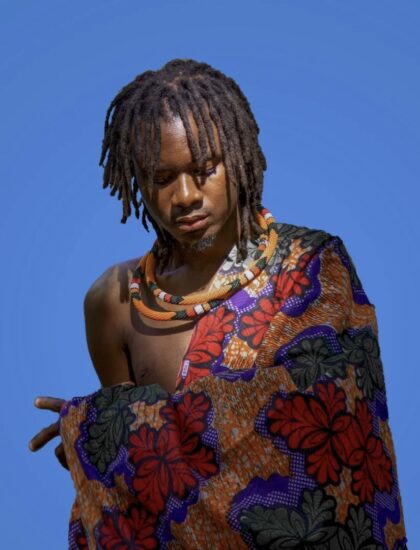Isdore Guvamombe
DURING the morning, slithers of startling clouds waft — again and again — their silver hue transforming light as it filters through the film of the silhouette horizon.
In the final ascent to the City of Mutare, huge mountains form the eastern background, emotionally and artistically giving the sky an eternal kiss.
The scenery there is that of high massifs, juxtaposed with lush green natural forests, vast plantations of pine and wattle, perennially flowing rivers, crystal clear upland rivers cascading down-slope, deep ravines and waterfalls.
South of this green mound lies the Bvumba or Vumba Range with a distinct flora and in the belly of these mountains are the Vumba Botanical Gardens, a must see for all those who love peace and nature.
Run by the Department of National Parks and Wildlife Management Authority, the gardens are fit for a weekend retreat or even a single day’s retreat but they will certainly give you a taste of flora and of course, rare fauna.
The Vumba Botanical Gardens and Reserve, located 32km from Mutare, are established on a portion of a farm formerly known as “Manchester”.

The nucleus of the combined area was bought by Government from Mr F J Taylor in 1957 and was proclaimed a national park in 1958.
In 1960, the name of the gardens was changed to Vumba National Park and again in 1975 to the present Vumba Botanical Gardens.
Sheltered walks between indigenous fern trees lead to displays of banked hydrangeas, proteas and azaleas, begonias, lilies, aloes, fuchsias, cycads and many other species.
A network of footpaths that enable visitors to explore the interior of the Botanical Reserve has been opened.
Vumba is well endowed with indigenous orchids and ferns. Strategically positioned flowerbeds are encountered as one leisurely takes stock of the gardens.
A superb collection of both the winter/spring and summer flowering varieties has been assembled for the visitors’ enjoyment throughout the year.
To complement the annuals, a herb garden, some roses, proteas, fuchsias, cycads, tea bushes, aloes, camellia, and palm sections have been set up.
The bird-life around the garden and in the reserve attracts a number of visitors.
Several species of birds can be recorded while strolling along the many footpaths.
Also found in large numbers is the Samango monkey, which is endemic to the Eastern Highlands.
The self-catering lodges in the gardens are very popular with visitors to the area.
A campsite with ablution blocks with hot and cold water systems is available in the garden. Caravan sites with beautiful panoramic views and electric power points also have water borne sanitation.
There is also a swimming pool located by the camping site.
At nearby hotels, a number of activities can also be carried out. Provisions can be found from the nearby shops or hotels in the vicinity.

The Leopard Rock, one of Zimbabwe’s finest hotels, provides riding, golfing, tennis and other holiday activities.
Source: LOCAL TRAVEL: Lush green and soothing Vumba | The Sunday Mail






















